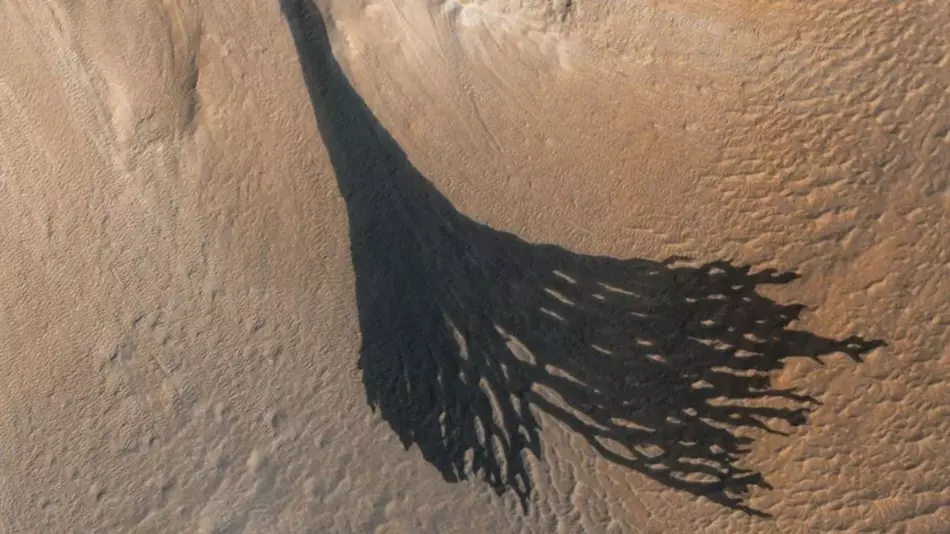
AI suggests dark streaks on Mars not made by water flow as believed
text_fieldsNASA photo.
Science: An artificial intelligence (AI) research on dark streaks on Mars found that they are not evidence of liquid water flow as widely believed but could be marks left by blowing sand and dust, NDTV reported, citing a Nature Communications report published on May 19.
The streaks were first detected by NASA’s Viking mission in 1975, and scientists initially believed that salty water runoff had created them. However, an AI taught to find similar patterns has claimed that the characteristics of the streaks on Mars are like those created by strong wind and dust.
According to the report, researchers used a machine learning algorithm trained on thousands of confirmed streaks to analyse over 86,000 satellite images to reach a conclusion. Researchers say that slope streaks were more likely to occur in heavily dusty regions with strong wind activity. The study compared a global map of 5,00,000 streaks to climate and geology and found that dry processes were most likely to be forming these streaks.
These streaks are called slope streaks and recurrent slope lineae (RSL), which suggests there is water activity on Mars. But, the fresh revelation suggests that it is more plausible that they formed by thin layers of dust slipping off steep slopes instead of liquid water running over the top.
If the fresh findings are validated, areas once believed to hold signs of ancient water and microbial life may be misleading. It might also make it easier to find real biosignatures on future expeditions on the planet.












